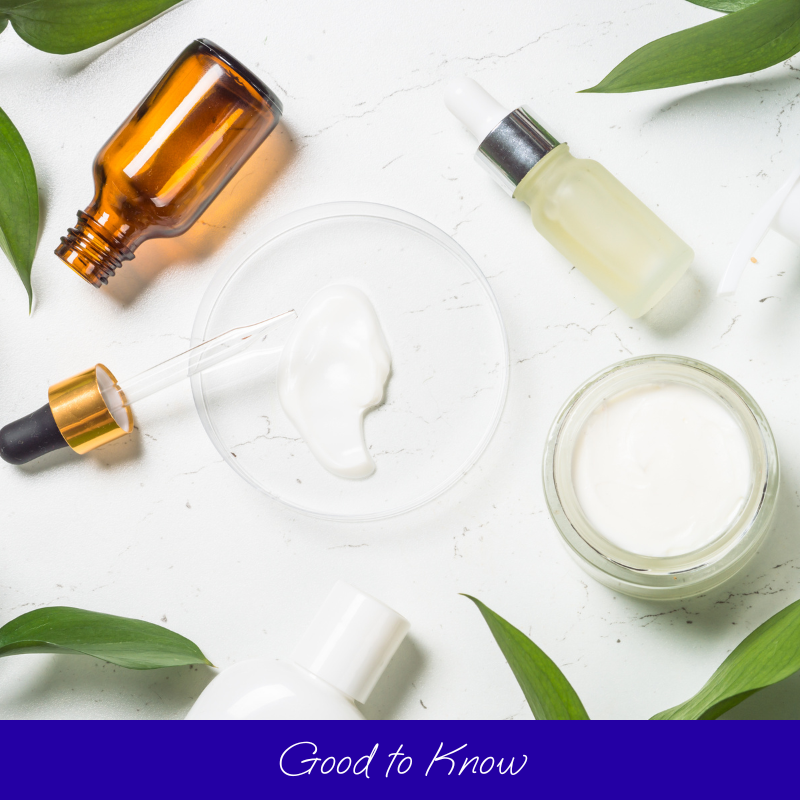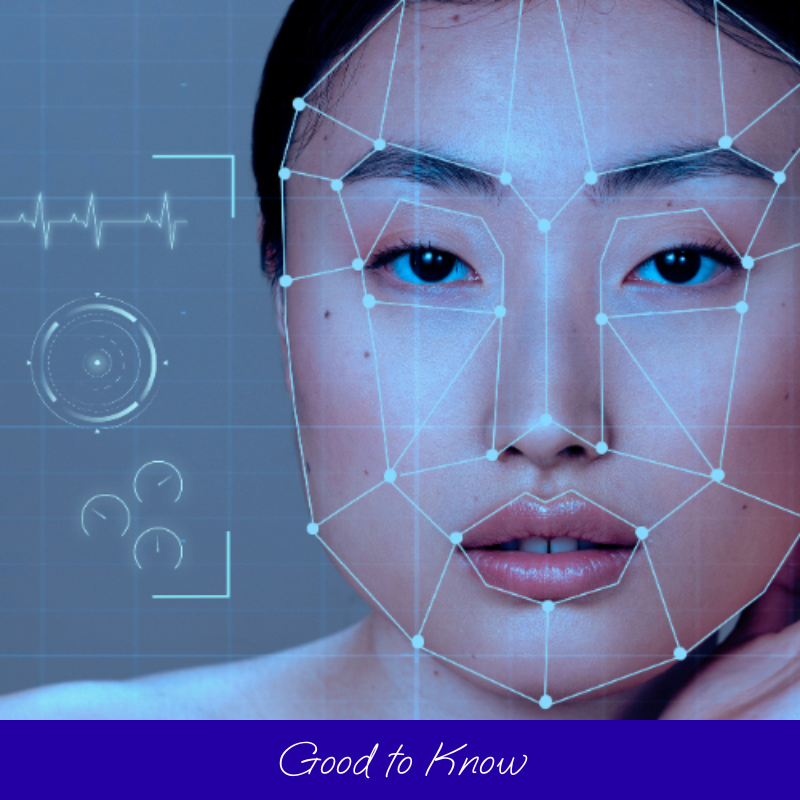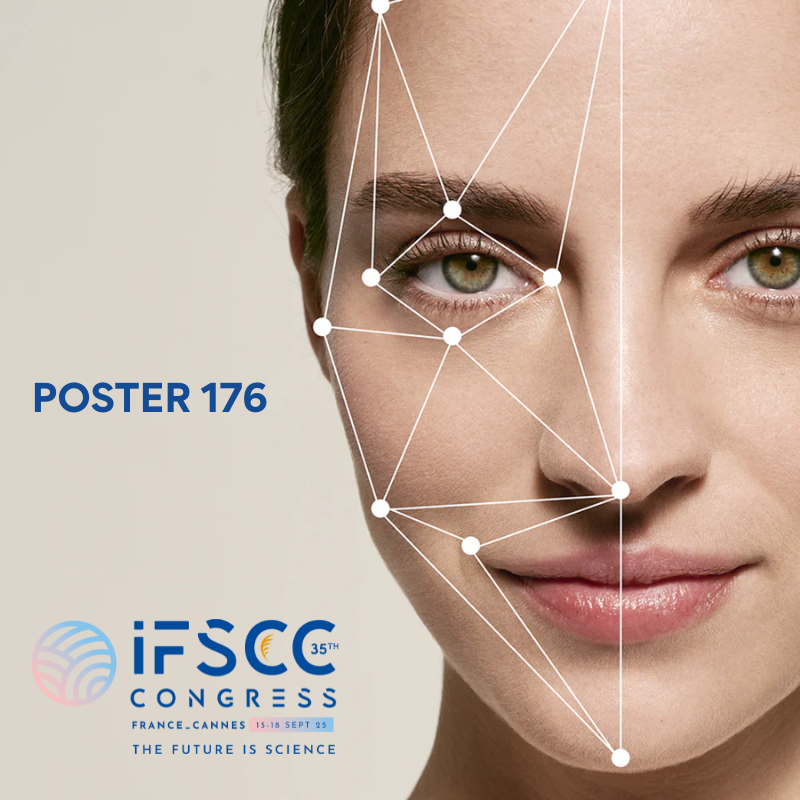All cosmetic products impact skin barrier, either beneficially through the improvement of skin hydration and barrier repair, or negatively leading to irritant-induced contact dermatitis, particularly for those with sensitive skin or pre-existing skin conditions. Nevertheless, the effect of makeup products on the skin’s barrier function is often overlooked.
The skin acts as protective barrier against harmful environmental influences such as ultra-violet light, microorganisms, pollutants and environmental toxins, pesticides, or other chemical drugs. It also plays a role in regulating temperature and maintaining homeostasis by minimizing water loss. Disruption of this barrier can lead to moisture imbalance, allowing allergens and harmful chemicals to penetrate the skin. For makeup products like foundations and lipsticks, maintaining skin hydration is vital for achieving a healthy and flawless-looking skin.
Overall skin barrier integrity and hydration can be assessed by measuring Trans Epidermal Water Loss (TEWL) in vitro. Similarly, Transepithelial/transendothelial electrical resistance (TEER) allows to assess tight junctions and skin barrier integrity by measuring electrical resistance values in cell culture models such as reconstructed human epidermis. While skin absorption assays with diffusion cells or other percutaneous penetration technics are used routinely to evaluate the potential passage of various molecules through the skin. Moreover, preclinical assessment grants a deeper understating of the potential impact of ingredients on skin barrier formation.
Skin barrier function mainly relies on the stratum corneum (SC), the outermost layer of the epidermis. SC is formed by ultra-differentiated, metabolically unactive and tightly associated keratinocytes called corneocytes.
These are embedded in a lipid-rich matrix and constantly renewed thanks to undifferentiated keratinocytes which proliferate in the basal layer of the epidermis and progressively differentiate while migrating towards the SC.
By examining various makers involved in this process it is possible to assess the potential impact of an ingredient on skin barrier formation. Key biomarkers include the distribution of proliferative keratinocytes (Ki67), their differentiation state (K5, K14, K1, K10, Loricrin, involucrin, Filaggrin), and proteins involved in the cornification (Transglutaminases 1, 3 or 5, Horneirin) and desquamation process (kallikreins). Also implicated in skin barrier function are components of the dermal-epidermal junction (Laminin 332, type IV collagen, nidogen-1 & 2, Perlecan and Integrin alpha6 and beta4) and tight junctions (Corneodesmosin, Zonula Occludens 1 (ZO1), Occludin, E-Cadherin, Desmoglein-1, Claudin 1) which are responsible for the cohesion between the corneocytes and prevent the transfer of various molecules through the SC.
Additionally, filaggrin degradation leads to Natural Moisturizer Factor (NMF), a key factor for skin hydration. Appropriate skin hydration and pH allow the proper functioning of skin enzymes involved in stratum corneum formation and cell cohesion. Therefore, besides filaggrin and NMF, markers such as Sirtuin-1 (controls filaggrin synthesis) and Caspase 14 (controls filagrin degradation) are biomarkers of interest to evaluate in in vitro models.
Lipid composition and organization is also highly important for skin barrier function. Epidermal thickness, SC thickness and lipid organisation may be assessed using Raman microspectroscopy while lipid composition is obtained using liquid chromatography coupled to high-resolution mass spectrometry. This may allow to evaluate in particular ceramide synthesis, subclasses, and organization.
On the other hand, a balanced skin microbiome is an important factor of the skin barrier function. The skin serves as the first line of defence against pathogens, by secreting antimicrobial peptides such as cathelicidin LL-37, types 1-4 alpha-defensins, psoriasin (S100A7), calprotectin (S100 A8/9), koebnerisin (S100A15) and RNase 7 which can be assessed preclinically. In today’s beauty landscape, makeup products are expected to enhance appearance while also promoting skin health. Therefore, preclinical assessments of skin barrier function are essential for all cosmetic products to ensure they support skin well-being.
Anne Charpentier
CEO & Founder of Skinobs
Mariana Carranca
InSkin Consulting
References
– Proksch E, Brandner JM, Jensen JM. The skin: an indispensable barrier. Exp Dermatol. 2008 Dec;17(12):1063-72.
– Jensen JM, Proksch E. The skin’s barrier. G Ital Dermatol Venereol. 2009 Dec;144(6):689-700. PMID: 19907407.
– zur Mühlen A, Klotz A, Weimans S, Veeger M, Thörner B, Diener B, Hermann M. Using skin models to assess the effects of a protection cream on skin barrier function. Skin Pharmacol Physiol. 2004 Jul-Aug;17(4):167-75.
– Antonov D, Schliemann S, Elsner P. Methods for the Assessment of Barrier Function. Curr Probl Dermatol. 2016;49:61-70.
– Salminen AT, Davis KJ, Felton RP, Nischal N, VonTungeln LS, Beland FA, Derr K, Brown PC, Ferrer M, Katz LM, Kleinstreuer NC, Leshin J, Manga P, Sadrieh N, Xia M, Fitzpatrick SC, Camacho L. Parallel evaluation of alternative skin barrier models and excised human skin for dermal absorption studies in vitro. Toxicol In Vitro. 2023 Sep;91:105630.





